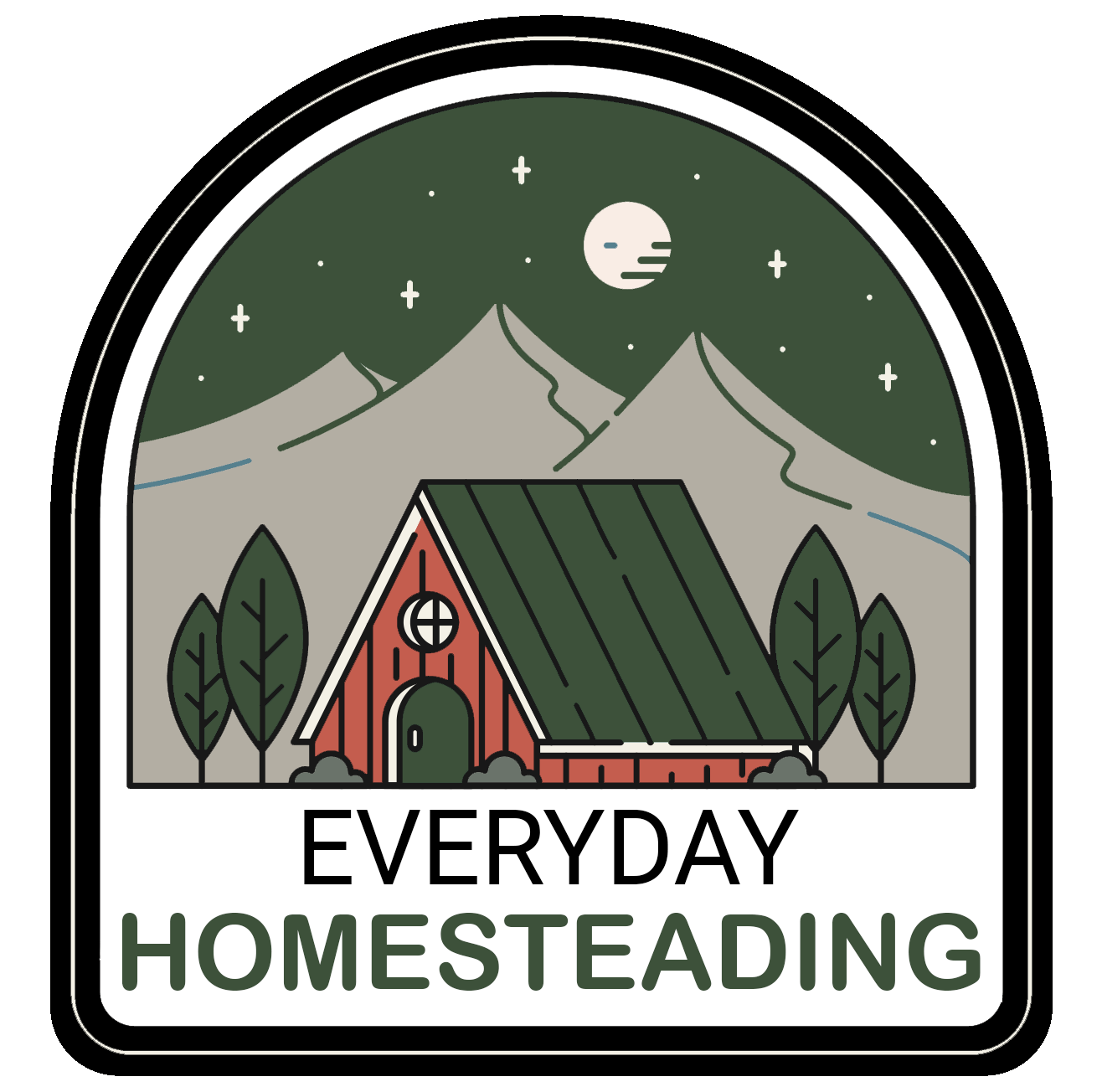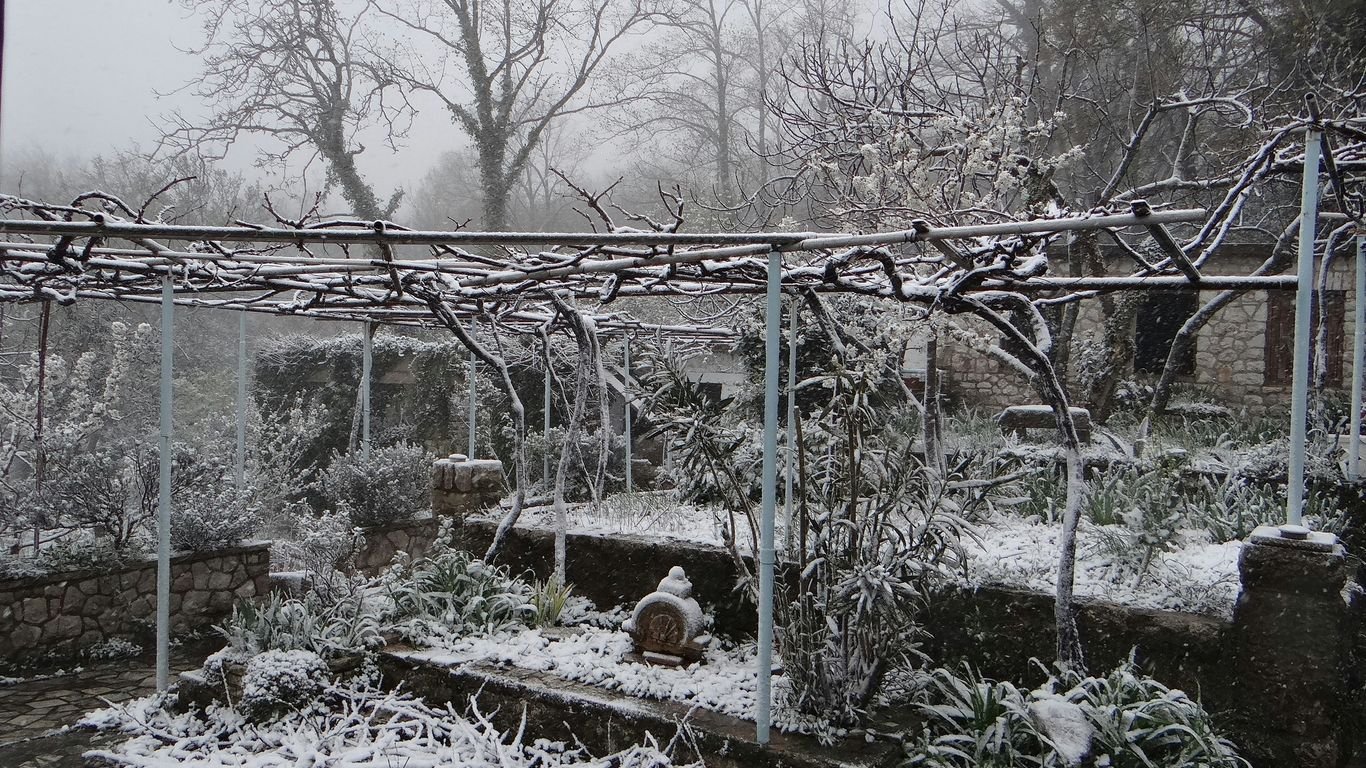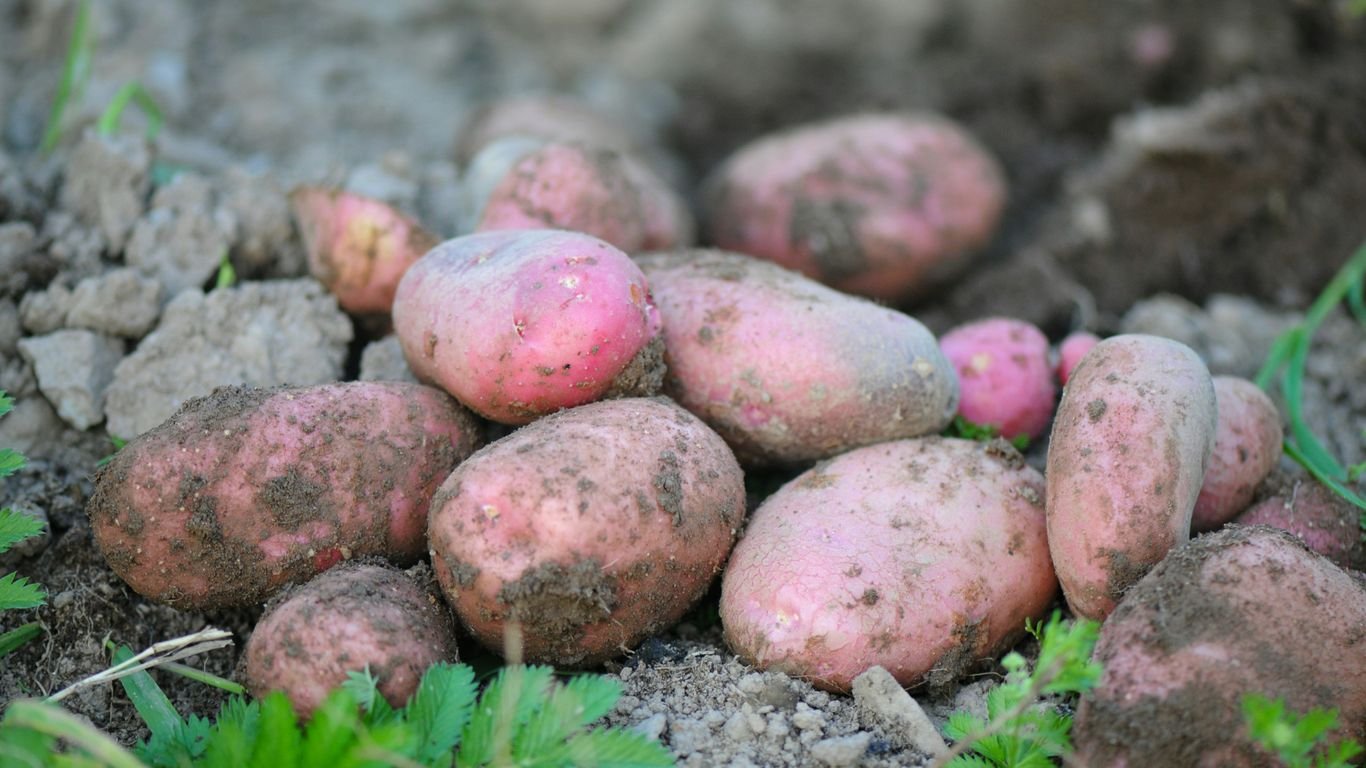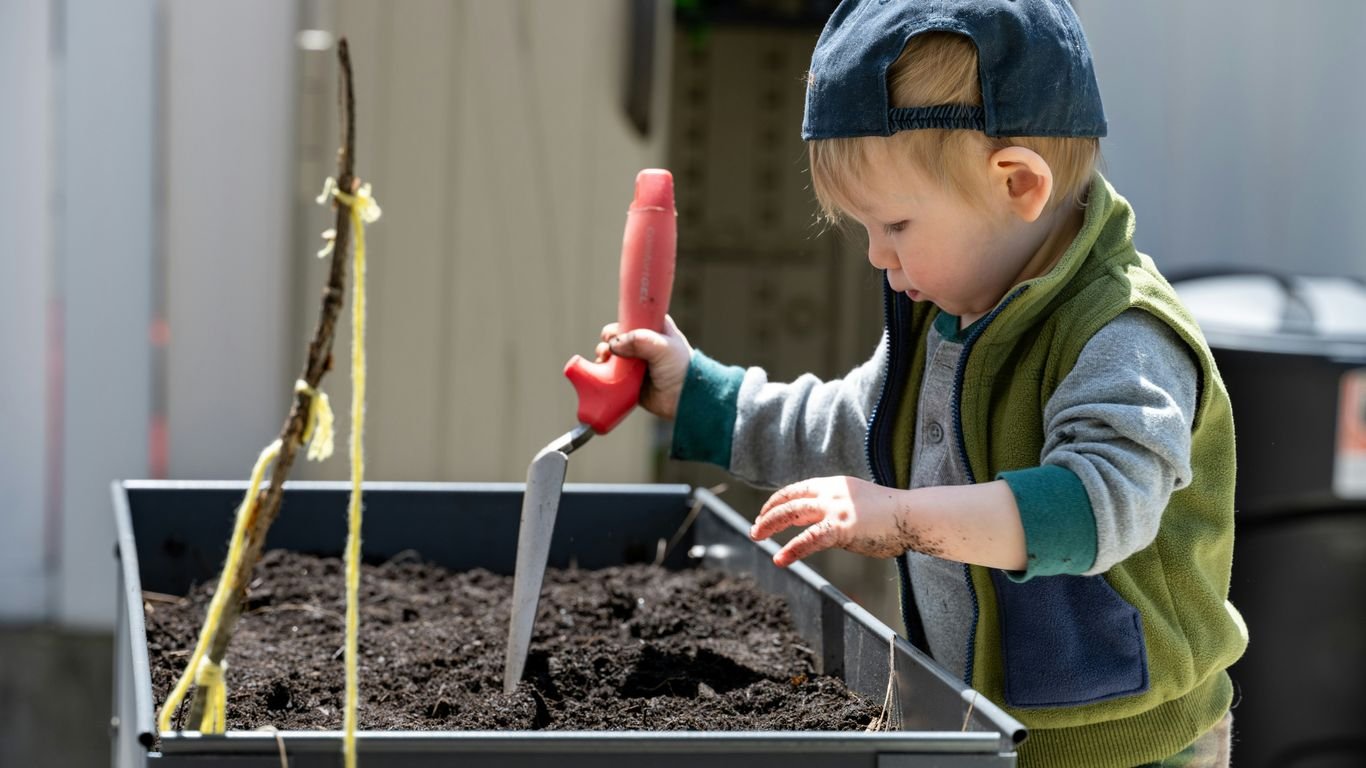Hot vs. Cold Composting: Which Method is Best for You?
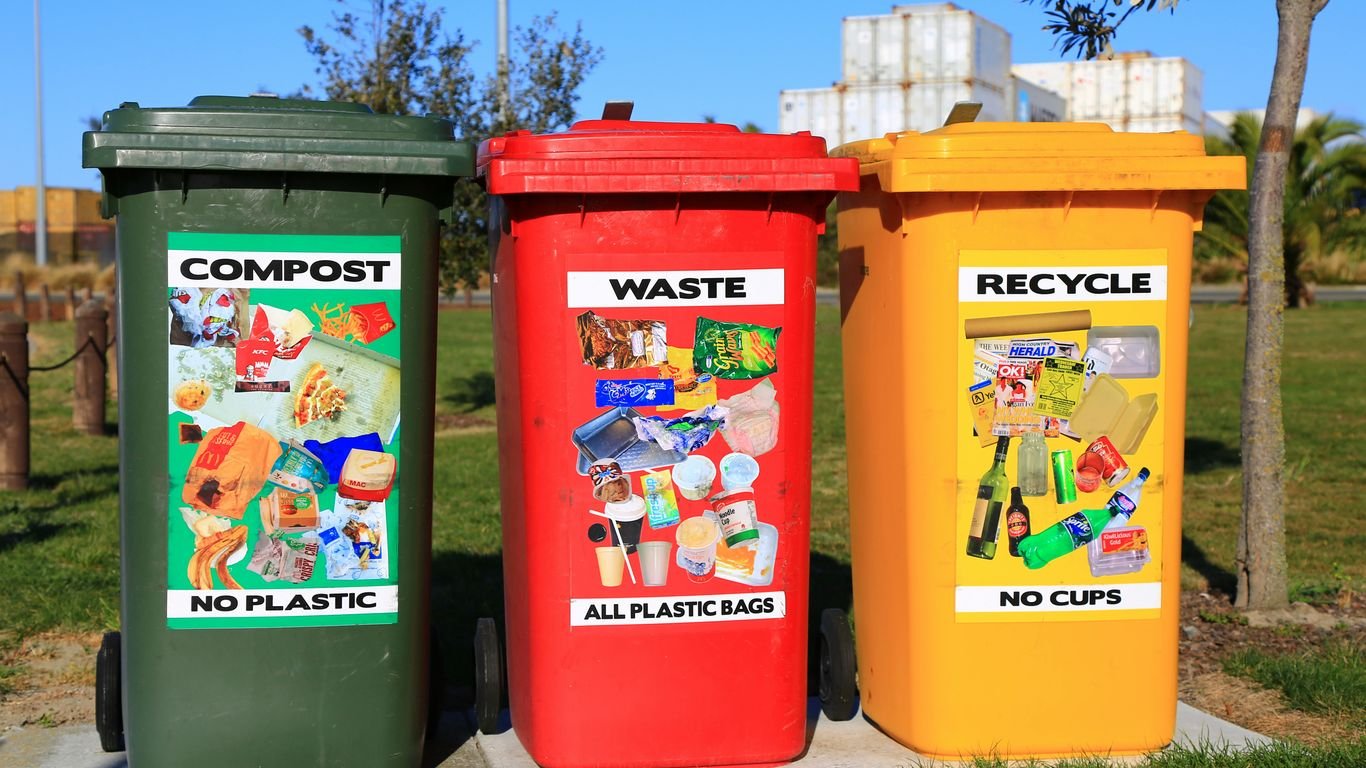
We’ve been looking into different ways to make compost for our garden, and it seems like there are two main paths: hot vs cold composting. It’s kind of like choosing between a quick meal and a slow-cooked feast. Both can give you great results, but they get there in very different ways. We’re trying to figure out which one fits our busy schedule and what we want to achieve with our compost.
Key Takeaways
- Hot composting heats up quickly, breaking down materials in weeks, but needs more attention and regular turning.
- Cold composting is slower, taking months or even years, but requires much less effort.
- Hot composting is better at killing weed seeds and pathogens because of the high temperatures it reaches.
- Cold composting is simpler and you can just keep adding to it, making it good for a steady, low-effort supply of compost.
- The best method, hot vs cold composting, really depends on how much time you have and what kind of compost you need for your garden.
Understanding The Basics Of Hot Vs Cold Composting
When we think about composting, most of us imagine a single heap in the yard turning kitchen scraps into garden gold. But really, there are two main ways to do the job: hot and cold composting. Each method has its quirks, and deciding between them often comes down to what fits our lifestyles, resources, and garden goals. Let’s break them down and figure out what makes each process tick.
What Exactly Is Hot Composting?
Hot composting is the speedy approach. We pile up our organic waste—think veggies, coffee grounds, and yard clippings—aim to keep the right balance of greens and browns (nitrogen and carbon), and then actively manage air and moisture. When we nail these conditions, bacteria go wild, heating the pile up—even over 140°F (60°C)!
A few things happen when we hot compost:
- The heat speeds up decomposition, turning waste into compost within weeks rather than months.
- We need to turn the pile regularly—sometimes every few days—to keep oxygen flowing and the temperature just right.
- There’s a science to it. Too hot? We risk losing the best microbes. Too cold? The process stalls.
If we want to manage compost fast and aren’t afraid to get hands-on, hot composting fits the bill for speedy gardeners.
What Is Cold Composting All About?
Cold composting is like the slow cooker of the compost world. We add organic waste to a heap or bin, making sure not to overload it with one material. There’s less fussing and less turning—but also less heat. In fact, cold piles might never feel warm to the touch. Instead, they rely on fungi, worms, and other micro-life that do their work slowly.
Some key cold composting features:
- We can keep adding scraps over time.
- Turning and watering are optional (but helpful if we want to avoid bad smells).
- It takes a lot longer. We’re talking months or even a couple of years for finished compost.
Cold composting works for us if we’re not in a hurry and prefer a low-maintenance routine.
Key Differences Between Hot And Cold Composting
To get a good feel for which method might suit us best, let’s look at the big contrasts side by side:
| Aspect | Hot Composting | Cold Composting |
|---|---|---|
| Speed | Weeks | 6–24 months |
| Effort | High (requires turning) | Low (turn when you feel like it) |
| Material Restrictions | Handles more types | Some caution needed |
| Temperature | 120–160°F (49–71°C) | Ambient (air temp) |
| Pathogen/Weed Control | Kills most weed seeds | Seeds may survive |
| Smell | Usually less odor | Can be more noticeable |
- Hot composting is perfect if we want quick results and are willing to be a little obsessed about pile conditions.
- Cold composting suits us if we don’t want to fuss and can wait a while for usable compost.
- It’s really about our patience, available time, and how much yard waste and food scraps we have lying around.
Choosing hot or cold composting isn’t about right or wrong—it’s about what works for our schedule, how involved we want to be, and what our gardens need most.
The Speed Factor: How Fast Can You Get Compost?
When we think about composting, one of the first things that pops into our minds is, "How long is this going to take?" It’s a totally fair question, especially if you’re eager to get that rich, dark stuff into your garden beds. The good news is, the method you choose makes a huge difference in how quickly you can go from kitchen scraps to finished compost.
Hot Composting: Ready In Weeks, Not Months
If speed is your main goal, hot composting is definitely the way to go. We’re talking about a process that can yield usable compost in as little as a few weeks to a couple of months. This rapid decomposition happens because we’re actively managing the pile to create the perfect environment for microbes to go wild. We need to keep an eye on a few key things: the balance of carbon-rich ‘browns’ and nitrogen-rich ‘greens’, moisture levels (think damp sponge, not soaking wet), and airflow. When these elements are just right, the pile heats up significantly, often reaching temperatures between 141°F and 155°F. This high heat is what speeds things up so dramatically. It’s a bit more hands-on, sure, but the payoff is fast compost.
Cold Composting: Patience Is A Virtue
Now, cold composting is the opposite end of the spectrum when it comes to speed. It’s often called passive composting because, well, you mostly just let nature take its course. You can still add materials, and you’ll want to turn it occasionally, maybe once or twice a month, but you’re not actively trying to crank up the heat. Because of this lower-activity approach, cold compost piles can take a lot longer to break down – we’re talking anywhere from six months to a year, or even two years in some cases. It’s a much more laid-back method, perfect if you’re not in a rush and just want to gradually process your yard waste and kitchen scraps over time. You can continuously add new materials to a cold pile, which is a big plus if you have a steady stream of organic waste.
Why Decomposition Rates Differ
The main reason for the huge difference in speed between hot and cold composting comes down to temperature and microbial activity. In a hot pile, we’re creating an environment where thermophilic (heat-loving) bacteria thrive. These microbes work incredibly fast at high temperatures, breaking down organic matter at an accelerated rate. Plus, that high heat helps to kill off weed seeds and pathogens, which is a nice bonus. Cold composting relies more on mesophilic microbes, which work at more moderate temperatures, and also on fungi and larger organisms like worms. This slower, cooler process means decomposition takes much longer. Another factor is how we manage the pile; frequent turning in hot composting introduces more oxygen, which is vital for aerobic decomposition and speeds things up. Cold piles get turned less often, leading to slower breakdown. The size of your materials also plays a role; smaller pieces have more surface area for microbes to work on, speeding up decomposition in both methods, but it’s especially noticeable in hot composting. If you’re looking for a quick turnaround, managing your pile for heat is the way to achieve it. For those who prefer a set-it-and-forget-it approach, cold composting will eventually get you there, just with a lot more waiting. You can even use both methods to your advantage, perhaps a hot pile for faster needs and a cold pile for bulkier yard waste. This approach allows you to recycle your waste year-round by maintaining one or two cold piles that accept debris readily. Harvest ready soil by lifting the top layers with a pitchfork—underneath should lie rich, crumbly dirt you can use as mulch, fertilizer, or in a potting soil mix. This is a great way to manage different types of waste and get compost on different timelines. Remember, even with hot composting, the compost needs a bit of time to cure after the heating phase, so those
What You Can Compost: Material Matters
When we’re composting, the stuff we toss in makes a big difference. Hot composting is a bit more forgiving about what it accepts. Because the pile gets so hot, it can break down a wider variety of materials, including things like meat scraps or dairy products, though we usually advise against those for home composting to avoid attracting pests. The high temperatures help to quickly decompose these items. This method is great for processing kitchen waste that might otherwise go to the landfill.
Cold composting, on the other hand, requires a bit more caution. Since the pile doesn’t reach those high temperatures, it’s best to stick to the classic greens and browns. We need to be careful about adding things that could cause problems, like meat, dairy, or oily foods, as they might not break down fully and could attract unwanted visitors or create foul odors. It’s all about managing what goes in to ensure a smoother decomposition process.
Hot Composting’s Wider Material Acceptance
With hot composting, we can really throw in a lot of different things. Think about those kitchen scraps that are a bit richer – like small amounts of meat or cooked food leftovers. The intense heat generated in a hot pile is key here. It acts like a sterilizer, breaking down these materials quickly and effectively. This means we can reduce more of our household waste this way. It’s also a good way to handle yard waste that might be a bit tougher to break down, like woody stems, as long as they’re chopped up.
Cold Composting: What To Be Cautious About
When we opt for cold composting, we’re playing a longer game, and that means being a bit pickier about our ingredients. We want to avoid anything that could cause a stink or attract critters before it has a chance to decompose. So, no meat, no dairy, and definitely no greasy leftovers. Sticking to fruit and vegetable scraps, coffee grounds, tea bags, and plenty of yard waste like leaves and grass clippings is the way to go. It’s about letting nature take its course, but giving it the best possible materials to work with.
Breaking Down Materials For Faster Composting
No matter which method we choose, breaking down our materials first can speed things up. Chopping up larger vegetable scraps, shredding cardboard, or even running over dry leaves with a mower makes a huge difference. Smaller pieces mean more surface area for the microbes to munch on. For hot composting, this is almost a requirement to get that pile heating up quickly. Even for cold composting, smaller bits will decompose faster, meaning we get usable compost sooner. It’s a simple step that pays off.
Here’s a quick look at what generally works well:
- Greens (Nitrogen-rich): Fruit and vegetable scraps, coffee grounds, grass clippings, plant trimmings.
- Browns (Carbon-rich): Dry leaves, straw, shredded newspaper or cardboard, small twigs.
When we’re composting, the goal is to create a balanced mix. Too much green and it can get slimy and smelly. Too much brown and it might not heat up or break down well. Finding that sweet spot is part of the fun!
For those looking to get started with composting, understanding the right materials is a great first step. You can find more tips on starting a compost pile at home to help you choose the best method for your needs.
Effort And Maintenance: What’s Your Composting Style?

When we think about composting, we often focus on what we can put in the bin and how fast we’ll get compost. But let’s be real, the amount of work involved is a big factor in whether we stick with it. Do we want a project that keeps us busy, or something more hands-off?
The Hands-On Approach Of Hot Composting
Hot composting definitely asks more of us. To get that pile cooking and breaking down quickly, we need to be attentive. This means keeping an eye on the balance of our "greens" (like kitchen scraps and grass clippings) and "browns" (like dried leaves and shredded paper). The general rule of thumb we aim for is about a 2:1 or 3:1 ratio of browns to greens by volume. It’s not just about the mix, though. We also need to make sure the moisture level is just right – think of a wrung-out sponge. Too dry, and the microbes slow down; too wet, and things can get stinky and anaerobic.
Regular turning is the name of the game with hot composting. We’re talking about flipping the pile every few days, or at least once a week. This isn’t just busywork; it’s crucial for aeration. Airflow is what the little decomposers need to thrive and do their job efficiently. Without it, the pile can become a smelly mess and attract unwanted visitors. It’s a bit like tending a garden – consistent effort yields the best results.
Cold Composting: Low Effort, Slow Results
On the flip side, cold composting is the definition of low-maintenance. You basically just add your materials to the pile or bin as you generate them. The ratio of greens to browns is still important for eventual decomposition, but you don’t need to be as precise or as constantly vigilant. The biggest difference in effort comes down to turning. With cold composting, we can get away with turning the pile just once or twice a month, or even less. This is great if you’re short on time or just don’t want composting to feel like a chore. The trade-off, of course, is that it takes much longer to get finished compost. It’s a set-it-and-forget-it approach, with a bit of stirring thrown in now and then.
Turning Your Compost: How Often Is Enough?
So, how much turning is really necessary? It really depends on which method we’re using.
- Hot Composting: Aim to turn every 3-7 days. This keeps the pile aerated and hot, speeding up decomposition significantly. It’s the most labor-intensive part, but it’s what makes the magic happen quickly.
- Cold Composting: Turning once or twice a month is usually sufficient. This helps to mix materials and prevent the center from becoming too compacted and anaerobic, but it doesn’t need the frequent attention of a hot pile.
The frequency of turning directly impacts the speed and quality of your compost. While hot composting demands more frequent turning for rapid results, cold composting’s infrequent turning leads to a slower, more passive process. Understanding this trade-off helps us choose the method that best fits our lifestyle and gardening goals.
If you’re just starting out and want to avoid common mistakes, it’s helpful to know that improper turning can lead to issues. For instance, not enough turning in a hot pile can slow it down, while too much turning in a cold pile isn’t really a thing, but it’s still less efficient than just letting it be. We want to find that sweet spot for whatever method we choose. For more on avoiding beginner blunders, check out common composting mistakes.
Dealing With Unwanted Guests And Seeds

When we’re composting, we’re not just breaking down kitchen scraps and yard waste; we’re also dealing with potential problems like weed seeds and even pests. The method we choose can make a big difference in how effectively we manage these issues.
Killing Weed Seeds With Hot Composting
If you’ve ever battled stubborn weeds in your garden, you know how persistent their seeds can be. Cold composting often lets these seeds survive the process, meaning you might be spreading them right back into your garden when you use the compost. Hot composting, on the other hand, is a game-changer here. By getting your compost pile hot enough, you can effectively kill off most weed seeds. A well-managed hot compost pile can reach temperatures between 130° and 160° F, which is hot enough to do the trick. This means you end up with a cleaner compost that won’t introduce new weed problems.
Pathogen Elimination: A Hot Composting Advantage
Beyond weed seeds, hot composting also excels at dealing with pathogens. Just like with weed seeds, the high temperatures generated in a hot pile help to break down harmful bacteria and other disease-causing organisms. While cold composting does eventually break down pathogens through microbial action, it takes much longer and isn’t as reliable. If you’re concerned about diseases in your garden or have used diseased plant material, hot composting offers a more robust solution for sanitizing your compost.
Critter Control: Which Method Is Safer?
Let’s talk about the critters. Nobody wants raccoons or rats digging through their compost bin, turning it into a messy buffet. Hot composting is generally better at deterring these unwanted visitors. The heat itself can be a deterrent, and if you build your hot compost system with sturdy walls, like those made from wooden pallets, it makes it much harder for pests to get in. Cold compost piles, which don’t generate heat and often contain more recognizable food scraps for longer periods, can be more attractive to pests. If you have a lot of wildlife around, opting for a hot composting system with some physical barriers is a wise choice.
The Final Product: What Kind Of Compost Do You Want?

So, we’ve talked about how to make compost, but what exactly do we end up with? The type of compost you get really depends on the method you choose. It’s not just about getting rid of kitchen scraps; it’s about creating a soil amendment that benefits your garden in specific ways.
Hot Compost: Nutrient-Rich And Ready
When we go through the effort of hot composting, we’re aiming for a compost that’s teeming with beneficial microbes and packed with nutrients. Because the process is so fast and gets so hot, it essentially sterilizes the material, killing off weed seeds and pathogens. This results in a finished product that’s ready to use relatively quickly, often within weeks or a few months. It’s like a supercharged fertilizer, ready to give your plants a big boost. This type of compost is great for general garden use, especially for feeding hungry plants.
Cold Compost: Carbon-Rich Amendments
Cold composting, on the other hand, takes its sweet time. Because it doesn’t reach those high temperatures, it tends to retain more of its original carbon content. This means the finished product is often richer in carbon and might still contain some viable weed seeds or pathogens (though they usually break down over time). Cold compost is fantastic for amending soil that needs more structure and organic matter, especially for plants that prefer a more carbon-heavy environment, like trees and shrubs. It’s less about a quick nutrient hit and more about long-term soil improvement. Think of it as a slow-release conditioner for your soil.
How The End Product Differs
Essentially, the main differences boil down to speed, nutrient profile, and biological activity. Hot compost is fast, nutrient-dense, and microbe-rich, with weed seeds and pathogens eliminated. Cold compost is slow, more carbon-rich, and may still contain viable seeds.
Here’s a quick rundown:
- Hot Compost:
- Ready in weeks to months.
- High in readily available nutrients.
- Kills weed seeds and pathogens.
- Microbe-rich, often favoring bacteria.
- Cold Compost:
- Ready in six months to two years.
- More carbon-rich.
- May contain viable weed seeds.
- Microbe profile can vary, often favoring fungi.
The compost you create is a direct reflection of the effort and method you employ. Both yield a valuable soil amendment, but understanding their distinct characteristics helps us choose the right one for our specific gardening needs and goals. It’s all about working with nature to create the best possible outcome for our gardens.
Choosing between them often comes down to what you want to achieve in your garden. If you need a quick nutrient boost and want to be sure about eliminating unwanted seeds, hot composting is your go-to. If you’re looking for a slower, more passive way to improve your soil structure over time, cold composting fits the bill. You can even use both methods to get a variety of benefits throughout the year. For more on getting started, check out this guide on composting materials.
Choosing The Right Hot Vs Cold Composting Method For You
So, we’ve talked about how hot and cold composting work, how fast they are, and what you can throw in them. Now, let’s figure out which one is the better fit for your backyard and your lifestyle. It really boils down to what you’re looking for and what you’ve got to work with.
If you’re someone who likes to see results quickly and doesn’t mind a bit more hands-on work, hot composting might be your jam. It’s fantastic if you have a good amount of yard waste and kitchen scraps piling up. Think of it as the express lane to compost town. You’ll get nutrient-rich compost in a matter of weeks or a couple of months, which is great for giving your garden a quick boost. Plus, the high heat is a real bonus for zapping weed seeds and any pesky pathogens that might be hanging around. If you’re looking to process a lot of material efficiently and want that super-charged compost, go hot.
On the flip side, if you’re more of a ‘set it and forget it’ type, or if you have a smaller space and less material to process, cold composting could be your perfect match. It requires way less effort – you just keep adding your scraps and let nature do its thing. It takes longer, sure, maybe six months to two years, but the end product is still good stuff for your soil, just a bit more carbon-rich. This method is also great if you have a lot of woody or papery waste that breaks down slower. You can keep adding to a cold pile continuously, making it a steady, low-maintenance way to manage waste.
Honestly, we’ve found that the best approach for many of us is to actually use both methods. You can maintain a hot compost pile for your faster-moving kitchen scraps and green garden waste, getting that quick, nutrient-dense compost. Then, you can have a separate cold compost pile for your slower-breaking materials like leaves, twigs, and cardboard. This way, you’re always processing waste, you’re not overwhelmed by either method, and you end up with different types of compost to suit various needs in the garden throughout the year. It’s like having your compost cake and eating it too!
So, Which Composting Method Wins?
Alright, we’ve gone through the ins and outs of both hot and cold composting. Honestly, there’s no single ‘best’ way for everyone. If you’re looking for compost super fast and don’t mind a bit more work upfront, hot composting is probably your jam. But if you’re more of a ‘set it and forget it’ type, or have a lot of woody stuff to break down, cold composting is totally fine. It takes longer, sure, but you still end up with great stuff for your garden. For us, it really comes down to what fits your life and what you’re trying to achieve. The most important thing? Just start composting! Turning your scraps into garden gold is a win for you and the planet, no matter how you do it.
Frequently Asked Questions
How long does it take to get compost using the hot method versus the cold method?
With hot composting, we can often get finished compost in just a few weeks! It’s a super speedy way to turn our kitchen scraps and yard waste into garden gold. On the flip side, cold composting is more of a slow-and-steady approach. It can take anywhere from six months to a couple of years to get usable compost, depending on how we manage it and what materials we’re using.
Can hot composting kill weed seeds and bad germs?
Yes, that’s one of the big advantages of hot composting! When our compost pile gets nice and hot, it can reach temperatures high enough to kill off most weed seeds and harmful germs. This means we don’t have to worry as much about spreading them in our garden when we use the finished compost.
Is cold composting easier than hot composting?
Generally, yes, cold composting requires less active effort. We can just keep adding materials to our pile without needing to constantly monitor the temperature or turn it as often as with hot composting. It’s a more hands-off method, which is great if we don’t have a lot of time to dedicate to our compost pile.
What kind of materials can we compost with each method?
Hot composting can handle a wider variety of materials, including things like meat scraps and diseased plant matter, because the high heat breaks them down and kills pathogens. With cold composting, we need to be a bit more careful about what we add. It’s best to stick to plant-based materials and avoid things that could attract pests or cause odors, as the lower temperatures might not break them down completely.
Will hot composting harm earthworms?
We don’t need to worry about harming earthworms with hot composting! While the center of the pile gets very hot, earthworms are smart little creatures. They’ll simply move to cooler areas of the compost pile if it gets too warm for them. They often return as the pile cools down, helping with the composting process.
Can we use both hot and cold composting methods at the same time?
Absolutely! Many gardeners find it beneficial to use both methods. We could maintain a hot compost pile for quick results and to handle specific materials, while also having a cold compost pile that accepts waste continuously. This way, we can have a steady supply of compost throughout the year and manage different types of waste effectively.



